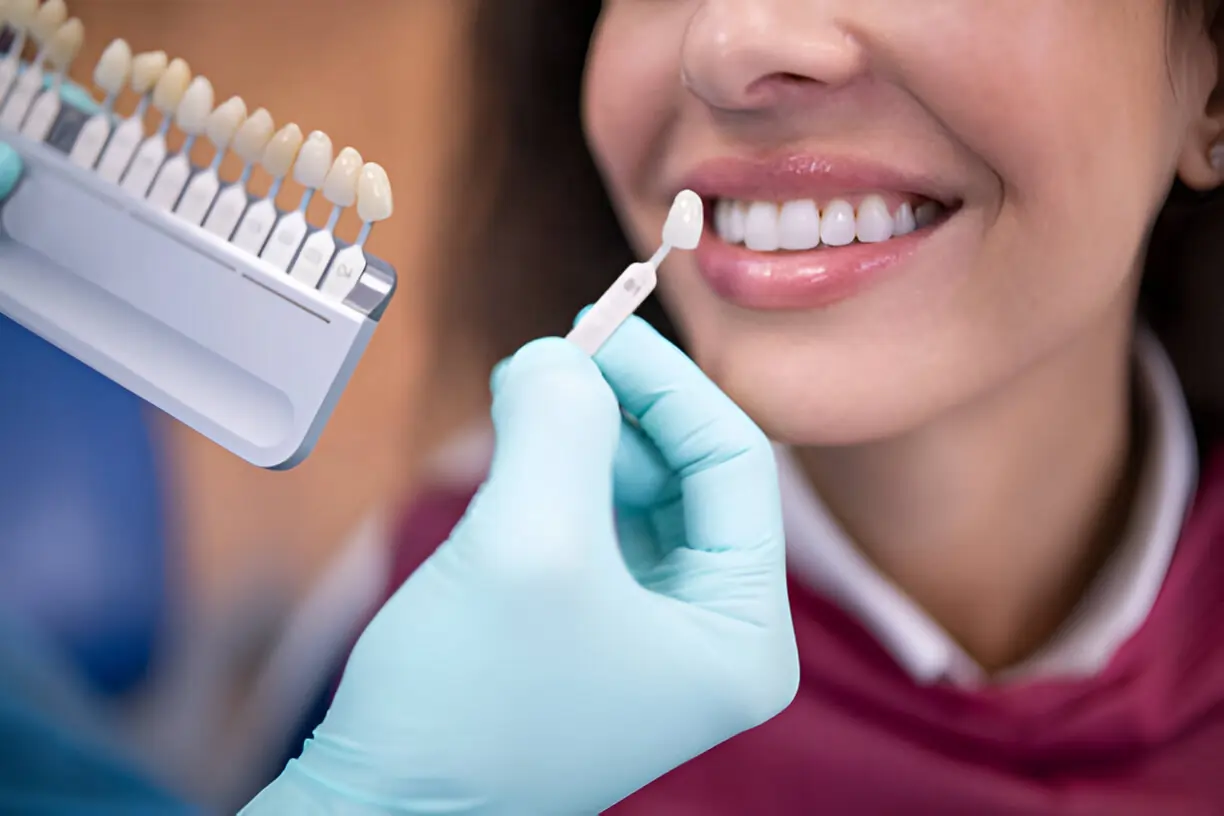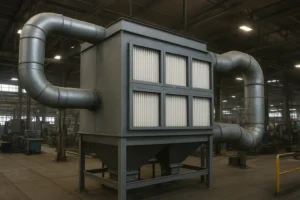The Basics of Dental Veneers
Dental veneers have become a leading solution for those seeking a flawless smile without extensive orthodontic or restorative work. Essentially, veneers are thin shells crafted from porcelain or resin composite bonded to the teeth’ front surface. This advanced cosmetic procedure addresses chips, stains, uneven spacing, and minor misalignments, providing a uniform and appealing appearance.
Many choose dental veneers because they can dramatically and quickly enhance confidence. The process is typically less invasive than extensive orthodontic treatments, requiring only minor enamel removal. Understanding how veneers work and are applied is the first step to determining whether they are right for your dental goals.
The Main Benefits
The transformative effects of veneers are widely celebrated in dental care. Veneers can correct a range of cosmetic issues, including deep staining that is resistant to whitening, gaps between teeth, slight crookedness, and worn or chipped enamel. Porcelain, the most popular material, reflects light similarly to natural tooth enamel, contributing to a realistic and undetectable smile. One significant advantage is that modern veneers are stain-resistant, meaning those who love coffee, tea, or red wine can maintain their results with routine care.
Another compelling benefit is the speed of results. In just two to three dental appointments, patients can go from feeling insecure about their smile to enjoying an entirely refreshed look. For many, this change brings a long-term boost to self-esteem and often instills healthier daily habits. The customized approach allows each set of veneers to match the patient’s natural features, seamlessly blending with the rest of the smile.
Things to Watch: Potential Risks
As with any dental procedure, veneers come with certain risks. The most significant is the permanent removal of a thin enamel layer, which is necessary for a proper fit and bond. Once this enamel is removed, the process cannot be reversed, and the underlying tooth will always require some type of restorative covering. Sensitivity to temperature or pressure may occur initially but usually lessens within a few weeks. In rare cases, discomfort may persist, especially if underlying dental issues exist.
Veneers, while durable, are not indestructible. They can chip, crack, or come loose if exposed to excessive force—such as biting ice or using teeth as tools. Trustworthy practices like North Orange Family Dentistry will assess and address oral health concerns before moving forward and provide guidance to minimize complications. Proper care, including good oral hygiene and avoiding hard or sticky foods, plays a key role in extending the life of your veneers and protecting your overall dental health.
What Makes a Good Candidate?
Not everyone is an ideal candidate for veneers. The best results are seen in those with healthy gums and adequate enamel. Candidates struggling with gum disease or significant decay should address these problems before considering veneers. Mouth habits such as teeth grinding (bruxism) can risk veneer longevity, though custom night guards offer protection. Providers typically evaluate bite, alignment, and the overall health of existing teeth before designing treatment, ensuring longevity and comfort.
Maintaining Results Over Time
Routine oral care—brushing, flossing, and regular dental cleanings—is the foundation of long-lasting veneers. While porcelain is highly stain-resistant, maintaining a diet low in highly pigmented foods whenever possible and avoiding hard objects adds further protection. Consistent checkups allow for early detection of wear and tear or potential issues, offering reassurance and quick intervention.
Veneers require the same commitment to oral health as natural teeth. Being proactive about protecting them ensures their appearance and overall dental well-being for years to come. Night guards can help those with clenching or grinding habits, and routine professional guidance helps preserve your investment.
The Science and Innovations Behind Veneers
Ongoing advancements in cosmetic dentistry have revolutionized what veneers can achieve. New ceramic formulas and bonding agents allow ultra-thin coverings with improved translucency, comfort, and durability. According to the Mayo Clinic, expertly matched veneers provide outstanding esthetics while resisting everyday stains. Modern techniques also reduce the sensitivity risk and increase this popular procedure’s success rate.
Dentistry Today further highlights that ongoing research focuses on extending lifespan, improving adhesive strengths, and making the procedure even less invasive for patients. These innovations empower individuals to select minimally invasive solutions that deliver significant impact.
Making an Informed Decision
Dental veneers represent an investment in your smile and well-being. Weighing the unique benefits—such as boosted confidence, fast results, and long-term satisfaction—against essential risks like irreversibility and cost is key. Partnering with reputable dentists and staying informed ensures you receive tailored care and realistic expectations.
When dental professionals and patients work together, the process is comfortable, empowering, and guided by the patient’s long-term health. Asking questions, viewing before-and-after photos, and relying on trustworthy information will help you achieve the most rewarding outcome possible.
Read more: The Impact of Rubber Overmolding on Product Design and Performance
Top 7 Sites to Buy YouTube Likes and Views in 2025
Top 10 High-Paying Apps for Students in 2025










